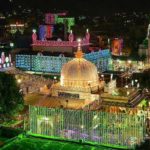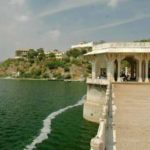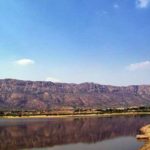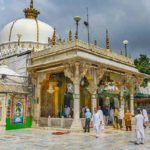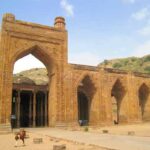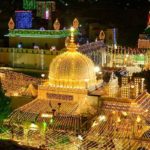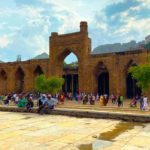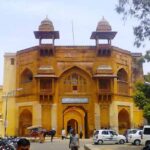The city of Ajmer gets its name from ‘Ajay Meru’. Roughly translated, it means ‘invincible hills’. Nestled in the Aravallis south west of Jaipur, Ajmer was founded by Raja Ajaypal Chauhan in the 7th century AD. Till the late 12th century AD, Ajmer was the epicentre of the Chauhan dynasty.
Ajmer is a well organized city, 13 km from the tourist heaven of Pushkar. It encompasses the peaceful lake of Ana Sagar and is itself ringed by the sturdy Aravalli Hills. Ajmer is Rajasthan’s most significant place in terms of Islamic history and heritage. Considered to be one of the best places to visit in Ajmer, it holds one of India’s most well-known Muslim pilgrimage centers, the shrine of Khwaja Muin-ud-din Chishti, who established India’s prime Sufi order in India. As well as some magnificent examples of primitive Muslim construction located, Ajmer is also a notable town for the Jain religion, possessing an astounding golden Jain temple.
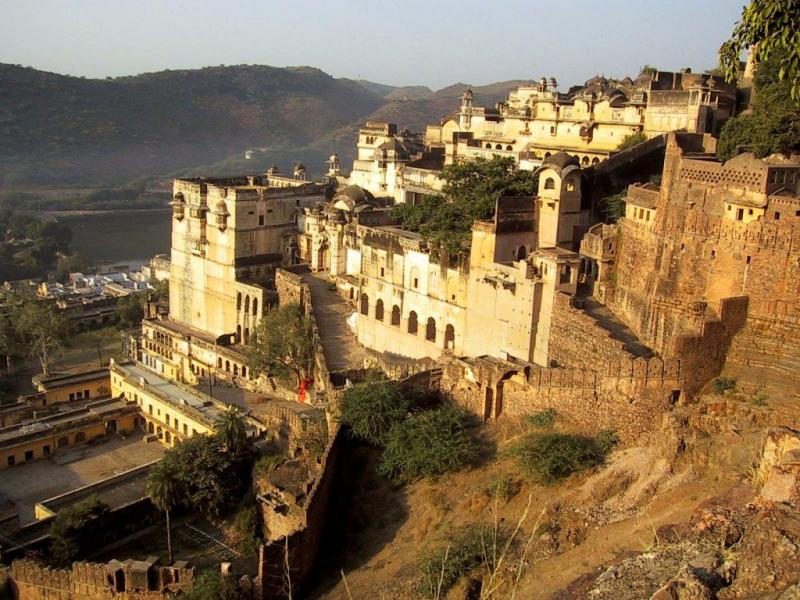
However, with Ajmer’skey of high-voltage crowds and traffic, most travelers choose to stay in laid-back Pushkar and visit on a day trip. The Ajmer Sharif Dargah, Taragarh Fort, Adhai Din Ka Jhonpda, Akbari Fort & Museum, Maqbara Shaikh Husain, Anasagar Lake, Nasiyan Jain Temple, Nareli Jain Temple, Rangji Temple, Buland Darwaza, Prithviraj Smarak Monument etc are counted to be the most famous sightseeing spots in Ajmer expressing the valuable possessions of the city. These structures very well execute the architectural extravaganza of Rajasthan from the ancient period onward. The Mughal dynasty, the medieval rulers and other elite rulers period have inspired each of these structures to possess undeniable charm.
Places To Visit In Ajmer :-
Dargah Shariff :-
Located right at the end of a desolate hill, the majestic tomb of Sufi saint Khawaja Moinuddin Chisti is one of India’s most prominent pilgrimage center which is visited by devotees of all faiths. He was a Sufi saint who came from Persia and devoted his life to the help the poor and oppressed. Built in various stages, the gate with silver doors frames the entrance to the site. It is believed that the pots were offered by Emperor Akbar when the saint blessed him with an heir to his throne.

Nasiyan Jain Temple :-
Nasiyan Temple, constructed in 1865 is located at Prithvi Raj Marg in Ajmer. It is also known as Lal Mandir (Red Temple). Devoted to Lord Adinath, the first Jain ‘Tirthankara’, the temple is a two-storied building. One segment of the temple is the prayer area holding the idol of Lord Adinath, while the other forms a museum and includes a hall. Made of gold, the gallery of the museum portrays the five stages in the life of Lord Adinath. Within it’s 3,200 sq.ft area, the hall is decorated with Belgium stain glass, and stain glasswork. Recognized as the Golden Temple, the temple has a focal lobby that is adorned with gold and silver embellishments. The temple also exhibits wooden gold representations, glass illustrations, and paintings.
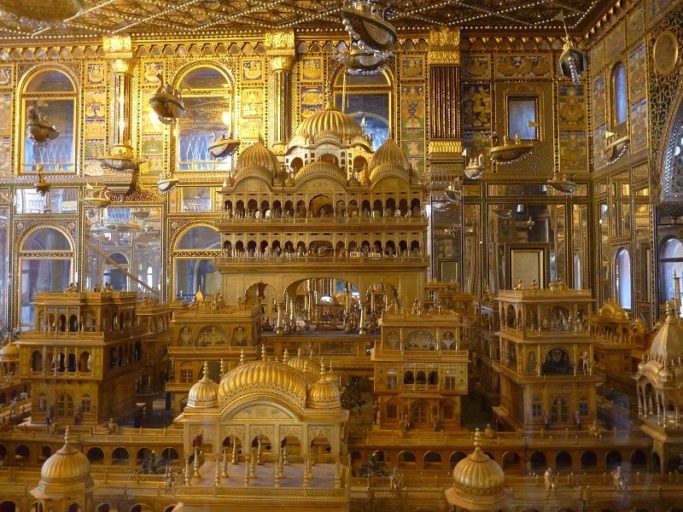
Ana Sagar Lake :-
The well-known man-made lake Ana Sagar was constructed by Maharaja Anaji between 1135 to 1150 AD, the ancestor of Maharaja Prithviraj Chauhan. Later the Mughal rulers made some further modifications to enhance the lake. Near the lake is the Daulat Bagh, a garden set out by Emperor Jahangir. Emperor Shah Jahan later added five pavilions, called as the Baradari, among the garden and the lake. The lake is an interesting family outing spot. An island lies in the middle of the lake. On a hill near the lake is located a circuit house that utilized to be the British residency. From the east side of the Dault Bagh Gardens, visitors can hire boat or water scooter to reach the island. Every summer, the lake gets dry.
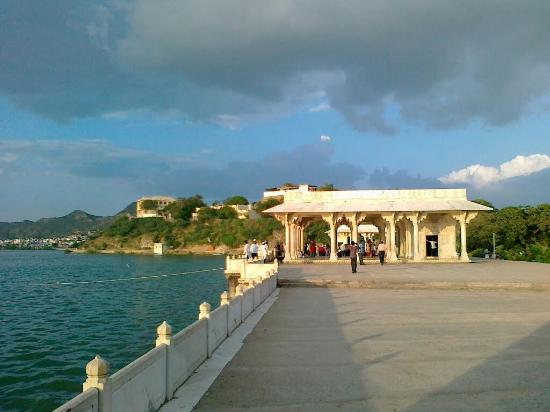
Adhai-Din Ka Jhonpra :-
Beyond the Dargah of Khwaja Muin-up-din Chishti, on the town outskirts, are the extraordinary ruins of the Adhai-din-ka-Jhonpra mosque. According to legend, construction in 1153 took only two-and-a-half days. Others say it was named after a festival lasting two-and-a-half days. It was originally built as a Sanskrit college, but in 1198 Mohammed of Ghori seized Ajmer and converted the building into a mosque by adding a seven-arched wall covered with Islamic calligraphy in front of the pillared hall. Although in need of restoration, it’s an exquisite piece of architecture, with soaring domes, pillars, and a beautiful arched screen, largely built from pieces of Jain and Hindu temples.

Prithviraj Smarak :-
The Prithviraj Smarak is a memorial to Prithviraj Chauhan, the great hero of the Rajput Chauhan dynasty. Located on the Taragarh Road in Ajmer, the memorial has a statue of the king in black stone, mounted on a horse. Prithviraj Chauhan has been shown with a bow and arrow in his hand. Prithvi Raj Chauhan (originally Prithvi Raj III) was the last ruler in the lineage of Chauhans. He was enthroned to rule the twin capitals of Delhi and Ajmer in the 12th century. He was considered as an epitome of courage and patriotism.


